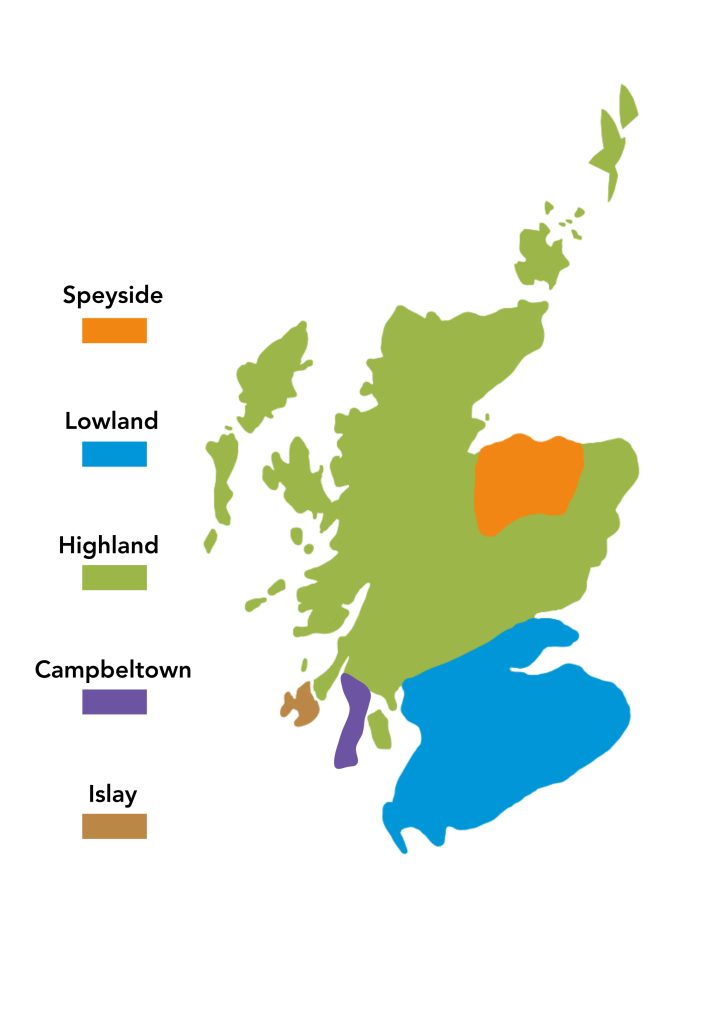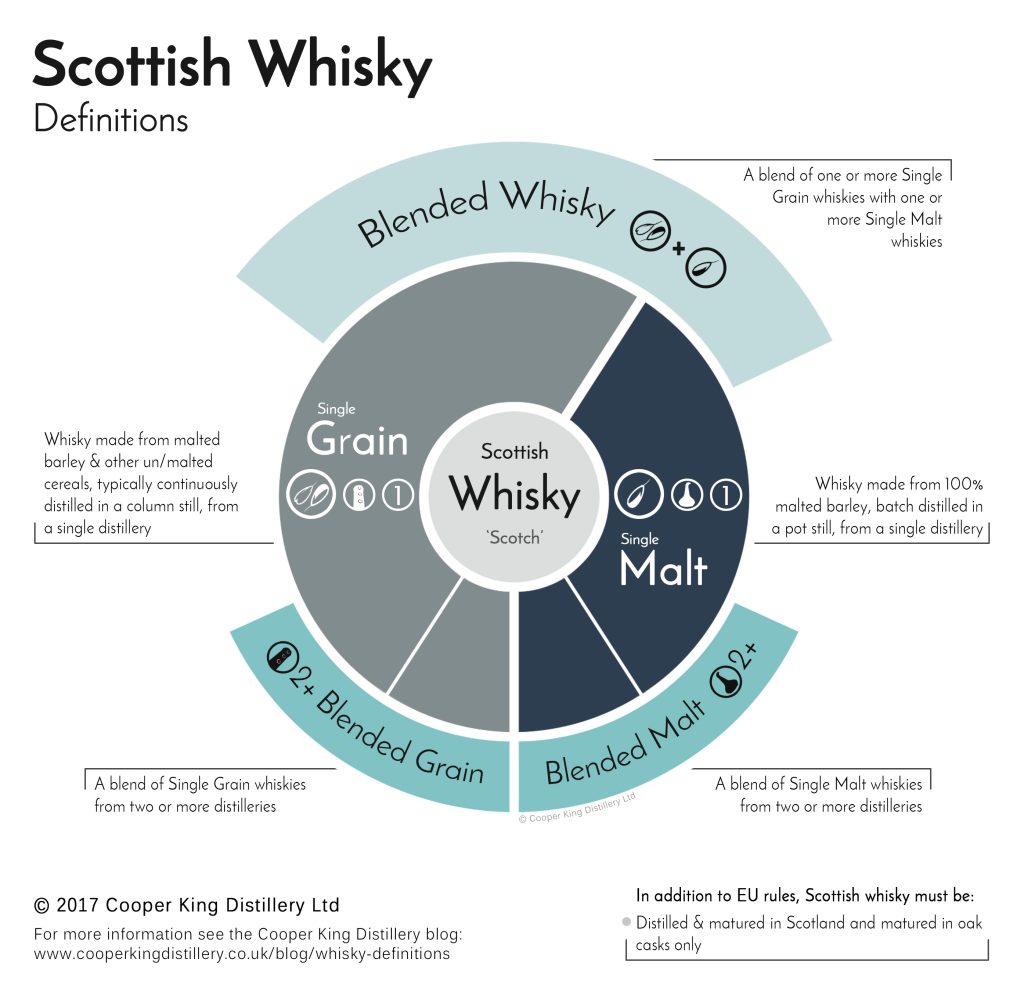You’re standing in front of a shelf packed with Scotch whisky bottles, each one like a hidden gem in a mysterious treasure trove. The labels are covered with names that sound like they’ve come straight from an ancient scroll, filled with words you can barely pronounce and numbers that leave you scratching your head. And then the inevitable question pops up: “How on earth do I pick the right one?”
Don’t worry—you don’t need to be a whisky aficionado to crack the code. In this guide, we’ll walk you through everything you need to know so that the next time you’re browsing those shelves, you’ll make your choice like a pro, without wasting any time—or money.
The Scotch Whisky Regulations of 2009: It’s cooler than it sounds!
Don’t be scared by the title. Think of these regulations as the secret manual that guarantees the quality of Scotch whisky. Basically, it makes sure that what you see on the label is what you get in the bottle. Every whisky that proudly wears the “Scotch” label has to follow six key rules. But don’t worry—you won’t need a lawyer to understand them.
Brand: The name isn’t just a name—it’s a promise
Think of a whisky brand like the logo of your favourite band. When you see it, you already know what to expect. Every distillery has its own magic, and that magic translates into unique aromas. But here’s a fun fact: not just any brand can slap a distillery’s name on the bottle—it actually has to be distilled there! So, when you spot “Glenfiddich” or “Ardbeg,” you know you’re looking at a masterpiece straight from those distilleries.
Region: Your flavour map
The label will tell you where the whisky comes from, and in Scotland, the regions are like neighborhoods in a magical city. There are five main whisky-producing regions, and each has its own personality.

- Highland: The largest and most diverse region. The whiskies here vary widely, but you’ll often find robust flavours, with notes of malt, fruit, sea breeze and sometimes a touch of peat.
- Speyside: Home to over half of Scotland’s distilleries. Speyside whiskies are famous for being sweet, fruity, and smooth. If you like something a bit more accessible and less aggressive, this is your go-to.
- Islay: The kingdom of smoky, peaty whiskies. Islay whiskies usually have intense aromas of smoke, sea salt, and iodine—a dream for lovers of bold flavours.
- Lowland: The whiskies from this region tend to be lighter and more delicate, with floral and herbal notes. Perfect for beginners or those craving something fresh.
- Campbeltown: Though it’s one of the smallest regions, Campbeltown whiskies are known for their robust character, with hints of salt, spices, and dried fruit.
These regional rules aren’t set in stone, but they give you a good idea of what flavour profile to expect. And remember, with whisky innovation booming, it’s always exciting to try something unexpected!
Category: The distiller’s palette
Every whisky falls into one of five categories, and each one tells you how the whisky was crafted. Here’s the official list (in English, because that’s how you’ll see it on the labels):
- Single Malt Scotch Whisky: Whisky from one distillery, made with 100% malted barley and distilled in copper pot stills. This is the premium stuff, and every distillery adds its own signature style.
- Blended Malt Scotch Whisky: A blend of single malts from different distilleries. Think of it like forming the ultimate supergroup of rock bands!
- Single Grain Scotch Whisky: Not as common, this whisky is made with barley and other grains. It can be light and smooth.
- Blended Grain Scotch Whisky: A mix of grain whiskies from different distilleries. It’s rare, but a fun option if you’re looking to explore something new.
- Blended Scotch Whisky: This is the best-selling whisky in the world. It’s a blend of single malts and grain whiskies—a balanced, easy-to-drink option.
Knowing the category gives you a clear idea of how the whisky was produced and what kind of experience you can expect when sipping it.
Age: The treasure of time
That number you see on the bottle isn’t just a random figure—it’s the number of years the whisky has spent maturing in a cask! For blended whiskies, the number refers to the youngest whisky in the blend. And if there’s no number at all, you’ve got yourself a NAS (No Age Statement), meaning the distiller is relying more on creativity than years in the cask.
Volume: Yes, it matters too
The volume tells you how much whisky you’re getting. Most Scotch whisky bottles come in 70 cl (or 700 ml), which is enough for several tasting sessions—or just one, depending on your friends!
ABV: The whisky’s power level
The ABV (Alcohol By Volume) is the whisky’s strength. By law, Scotch whisky must be at least 40% ABV. But what does this mean for you? If you’re new to whisky, you might want to start with something in the 40-43% range for a smoother experience. Feeling adventurous? Go for a cask strength (46% or higher) and get ready for an intense, powerful tasting!

Extra details: Where things get interesting!
Beyond the basics, there are some bonus bits of info that can give you even more clues about what makes that whisky special:
- Batch or Cask: Some whiskies specify which cask or batch they came from. Collectors love this, and it’s great for comparing different batches!
- Distillation and Bottling Dates: This can add a little nostalgia or exclusivity to your bottle, especially if it’s from a particular year.
- NAS (No Age Statement): A whisky without an age can be an exciting gamble on something new and innovative. Let yourself be surprised!
- Tasting Notes: Some labels include suggestions of what flavors or aromas you might experience. Though it’s subjective, it gives you a sneak peek into what’s coming.
- Limited Editions: Keep your eyes peeled for these! Limited or special editions can be rare and valuable for collectors. If you spot one, grab it before it’s gone!
Time to choose like a whisky master!
That’s it for today…Remember that by simply understanding the label, you’ll unlock a world of flavour and story, making that first sip all the more satisfying. And hey, don’t keep those discoveries to yourself! Share your newfound whisky wisdom on social media, tag your friends, and let the conversation flow—because nothing beats a good chat over a great dram.
Cheers!




